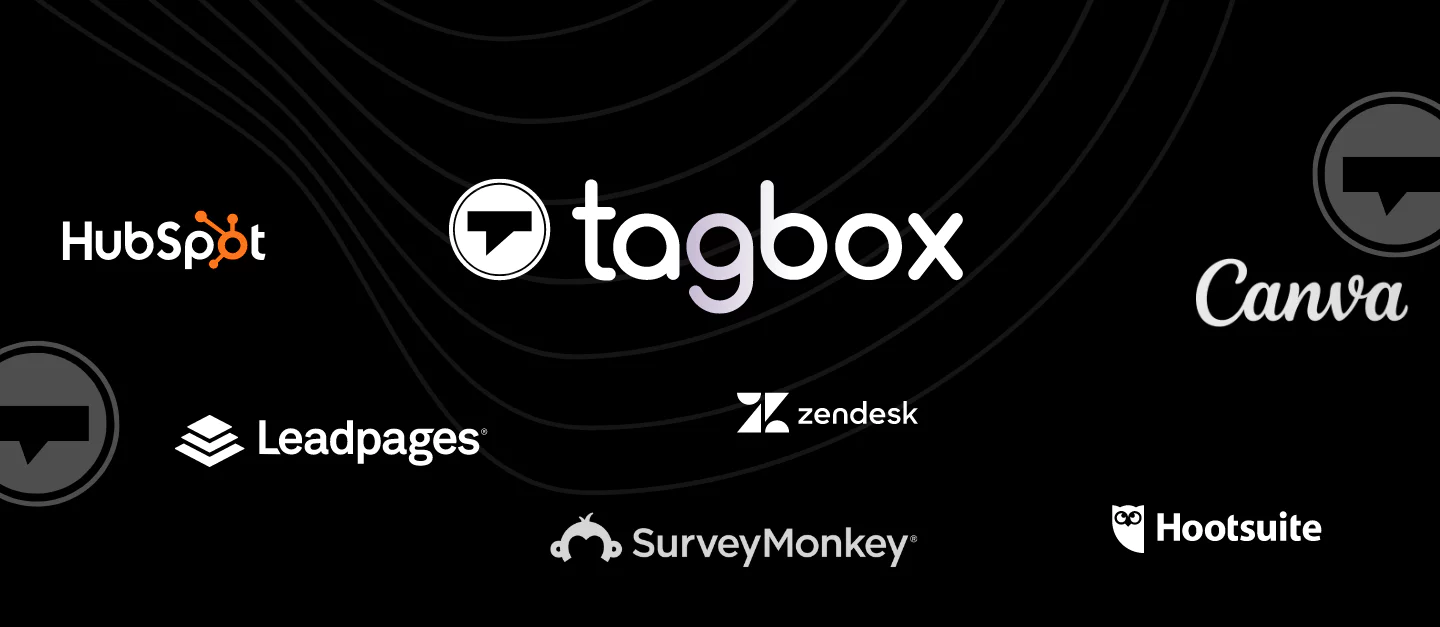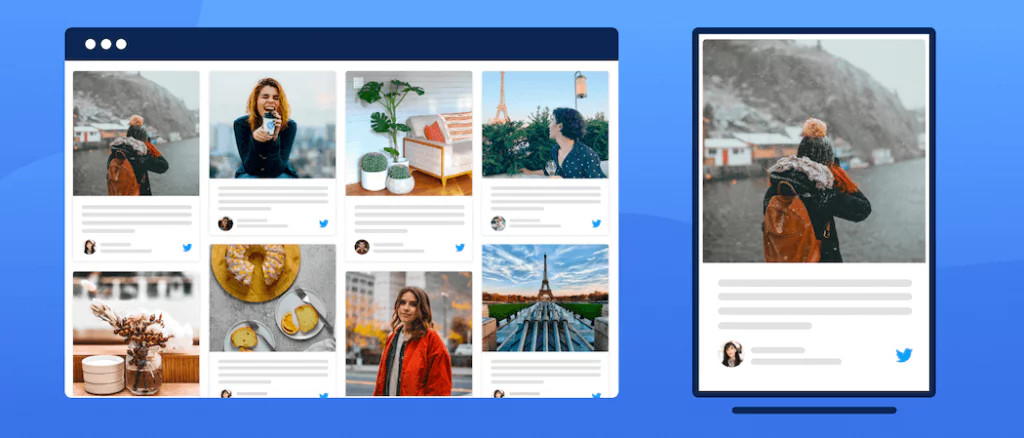Read summarized version with
Picture yourself in search of project management software to streamline your business operations. You navigate to the website of a renowned tool, and instead of being bombarded with typical ads and promotional content, you see a collection of narratives from project managers across various companies.
These professionals share firsthand accounts of how this tool has completely revolutionized their work processes.
As you delve into these stories, an immediate connection forms. These managers’ challenges resonate with your own, and you yearn for the same solutions.
This, my friend, is the sheer power of user-generated content (UGC)—put, content crafted by users who have developed a genuine affection for your brand.
Types of UGC for B2B:
- Testimonials and reviews
- Case studies and success stories
- Social media posts and mentions
- Employee-generated content
- User-created blog posts and articles
- Videos and images showcasing product use
Why is UGC effective for B2B?
User-generated content (UGC) is particularly effective for B2B marketing due to several key reasons:
- Builds Trust and Credibility through Peer Validation:
When professionals share their experiences with a B2B product or service, it adds a layer of authenticity. Peers’ validation fosters trust, a critical element in B2B relationships.
- Showcases Real-World Applications and Results:
UGC goes beyond theoretical promises. It provides tangible examples of how a B2B solution has been applied in real-world scenarios, showcasing its effectiveness and potential benefits.
- Humanizes the Brand and Fosters Community:
B2B interactions often involve complex transactions between businesses. UGC humanizes the brand by putting faces and stories behind the products or services, fostering a sense of community among users.
- Creates Authentic and Relatable Content:
Authenticity resonates in the B2B space. UGC allows businesses to share genuine experiences and perspectives, creating content relatable to other professionals facing similar challenges.
- Drives Engagement and Brand Advocacy:
UGC invites active participation from users. When businesses encourage their customers to share their experiences, it boosts engagement and creates a brand community of advocates who willingly promote and vouch for the brand.
- Offers Social Proof and Competitive Advantage:
Positive UGC serves as social proof of a B2B brand’s capabilities. Prospective clients are likelier to trust a brand with a proven track record, giving businesses a competitive advantage in the market.
In summary, UGC injects a human touch into the often formal and transactional world of B2B. It builds trust, provides real-world examples, fosters a sense of community, creates authentic content, encourages engagement, and offers social proof—all contributing to a more compelling and effective B2B marketing strategy.

Get the Perfect UGC Platform for Your Brand
Collect, Curate and Publish UGC from One-Dashboard
Considerations for UGC in Your B2B:
Considerations for implementing User-Generated Content (UGC) in the B2B space are crucial to ensure that the content aligns with business objectives and maintains high professionalism. Here are key considerations:
Focus on Value and Expertise over Entertainment:
Content should prioritize delivering value and showcasing expertise. While engagement is essential, the emphasis should be on providing valuable insights, industry knowledge, and solutions rather than entertaining content.
Maintain Professionalism and Brand Alignment:
UGC should align with the professional tone of B2B relationships. The content must maintain a level of professionalism that complements the brand identity. User-generated content should enhance, not detract from, the business’s overall image.
Prioritize the Quality and Relevance of Content:
Quality matters more than quantity in B2B UGC. Emphasize the importance of relevant and high-quality content that addresses the specific needs and challenges of the target audience. UGC should contribute meaningfully to the conversation within the industry.
Address Legal and Copyright Issues:
B2B UGC often involves sharing content created by professionals or businesses. Ensure that there’s a clear understanding of legal and copyright considerations. Obtain proper permissions and clearly communicate how user-generated content will be used, respecting intellectual property rights.
By adhering to these considerations, businesses can effectively harness the power of User-Generated Content in the B2B space, creating a valuable and professional environment for collaboration and engagement.

Collect Premium UGC Content for Your Brand
Manage all UGC from One-Dashboard
Implementing UGC in B2B Marketing:
Implementing User-Generated Content (UGC) in B2B marketing involves a strategic approach to developing, activating, and engaging with the content. Here’s a breakdown of the key steps:
1. Developing a UGC Strategy:
Define Your Goals and Target Audience:
Clearly articulate what you aim to achieve with your UGC campaign. Whether building trust, increasing engagement, or showcasing real-world applications, align your goals with your target audience’s needs.
Choose the Right UGC Platforms and Channels:
Identify platforms and channels where your target audience is most active. This could include social media, industry forums, or specialized platforms relevant to your business.
Create Compelling Prompts and Incentives:
Encourage participation by crafting prompts that resonate with your audience. Consider offering incentives such as exclusive access, discounts, or recognition to motivate users to contribute.
Establish Moderation and Approval Processes:
Implement moderation to ensure the content aligns with your brand values and guidelines. Define clear approval processes to maintain quality and relevance.
Activating UGC across channels:
Social Media:
Leverage social media platforms to amplify UGC. Encourage users to mention your brand, use specific hashtags, and participate in user-generated campaigns. Actively monitor and engage with the content shared by your audience.
Website:
Showcase UGC prominently on your website by highlighting real experiences with FindPM Software. Feature testimonials, case studies, and user-created content to provide social proof and build credibility. Ensure that the content aligns with the professional tone of your B2B brand.
Email Marketing:
Infuse user stories and feedback into your email campaigns. Craft personalized messages that highlight the impact of your products or services on real businesses. This adds a human touch to your email communication.
Blog Content:
Collaborate with influencers to create informative blog posts and interviews. This diversifies your B2B blog strategy and brings valuable insights from industry professionals to your audience.
Paid Advertising:
Enhance your ads with visuals and quotes sourced from users. UGC in advertising adds authenticity and resonates with potential clients. It can significantly impact the effectiveness of your paid campaigns.
Engaging with UGC creators:
Respond to Comments and Questions Promptly:
Actively engage with users who comment or ask questions about your UGC. Respond promptly to demonstrate that you value and appreciate their contributions.
Show Appreciation and Recognition:
Acknowledge and show gratitude for the efforts of UGC creators. Recognize their contributions publicly, fostering a positive relationship and encouraging further engagement.
Offer Exclusive Benefits and Rewards:
Provide special benefits or rewards for active contributors. This could include exclusive access to events, early product releases, or discounts as a token of appreciation.
Partner with Influential Users and Community Leaders:
Identify influential users and community leaders within your audience. Collaborate with them to expand your reach and enhance your brand’s authority within the industry.
By systematically implementing these steps, businesses can leverage the power of User-Generated Content in B2B marketing, creating an engaging and authentic connection with their audience.
Conclusion:
In conclusion, the era of B2B marketing is evolving, and UGC stands at the forefront as a dynamic force that transcends traditional approaches.
It’s not just about products and services; it’s about the stories, experiences, and authenticity shared by the professional community.
Embrace UGC as more than a strategy—it’s a journey towards building meaningful connections, fostering trust, and solidifying your brand’s position as a trusted authority in the B2B space.
As you navigate this transformative landscape, let the power of User-Generated Content be your guide, propelling your brand towards new heights of success.








